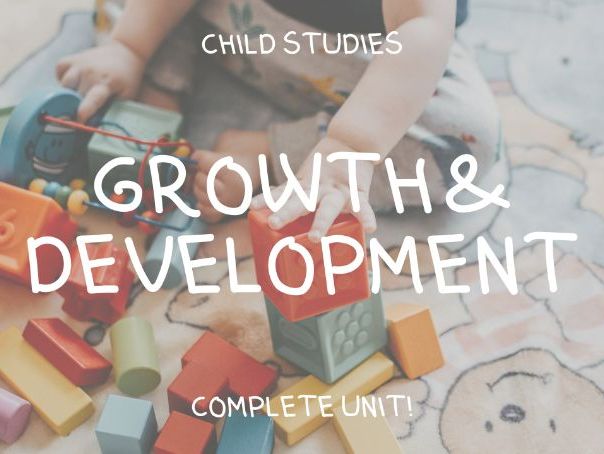Little Ideas Grow Big
Specialising in Technological and Applied Studies, with a focus on Food Technology, Hospitality and Textiles, all resources have been tried and tested in my classroom over the past 10 years. I have also tutored numerous students in a wide range of subjects and have developed a range of resources to assist in their learning. Any resource that I have created that has helped me help my students will be added to my shop so that I can help you, help your students.




















